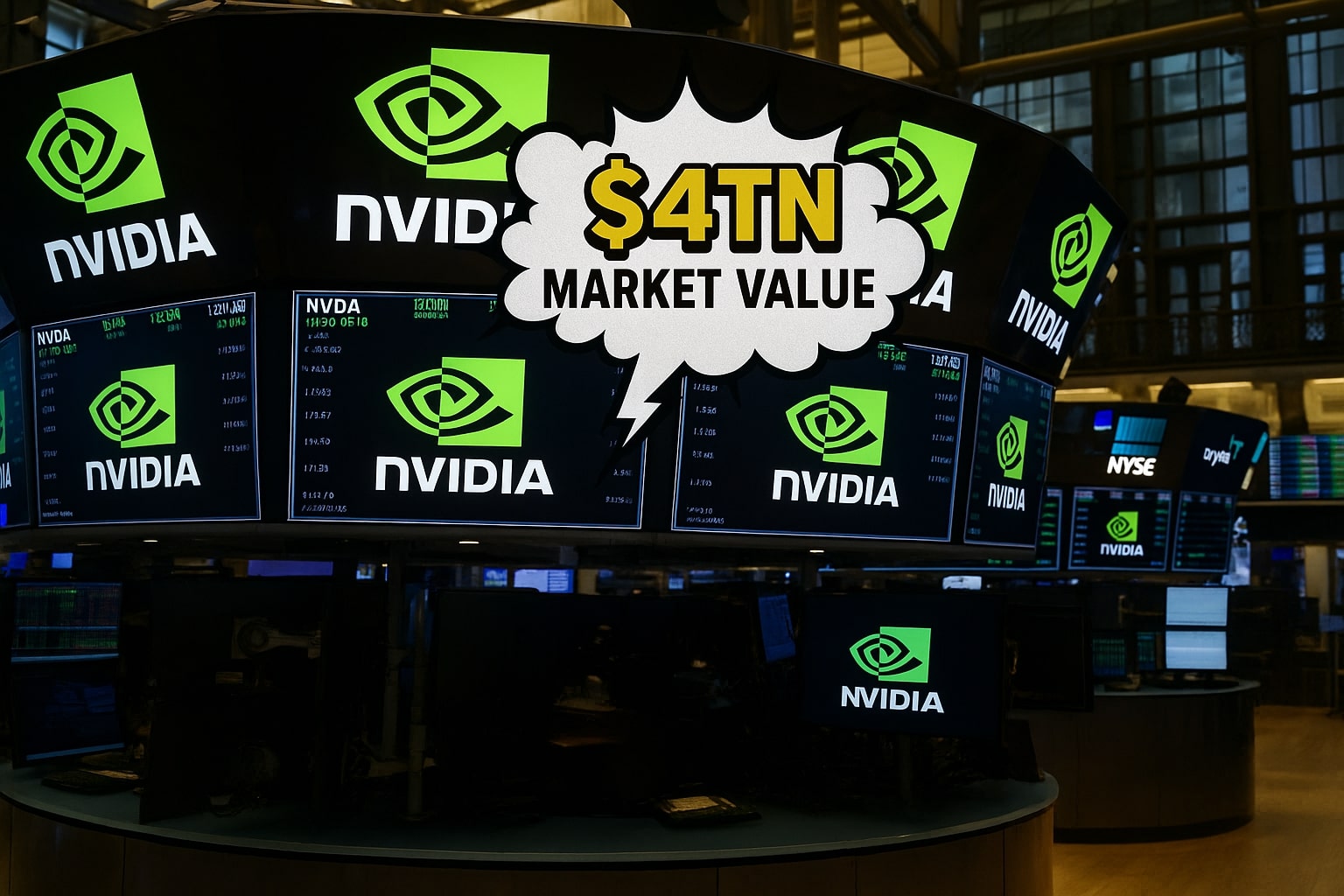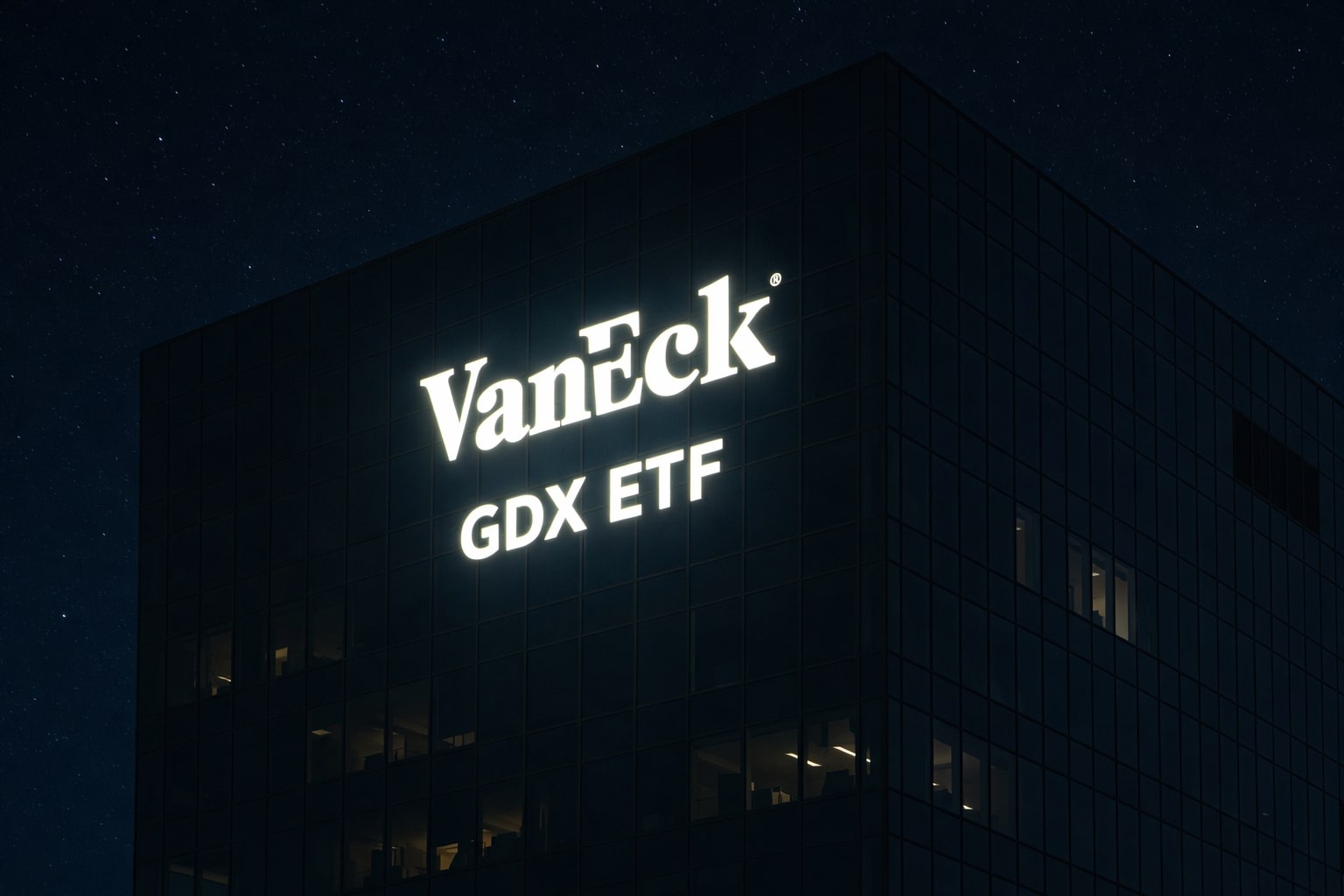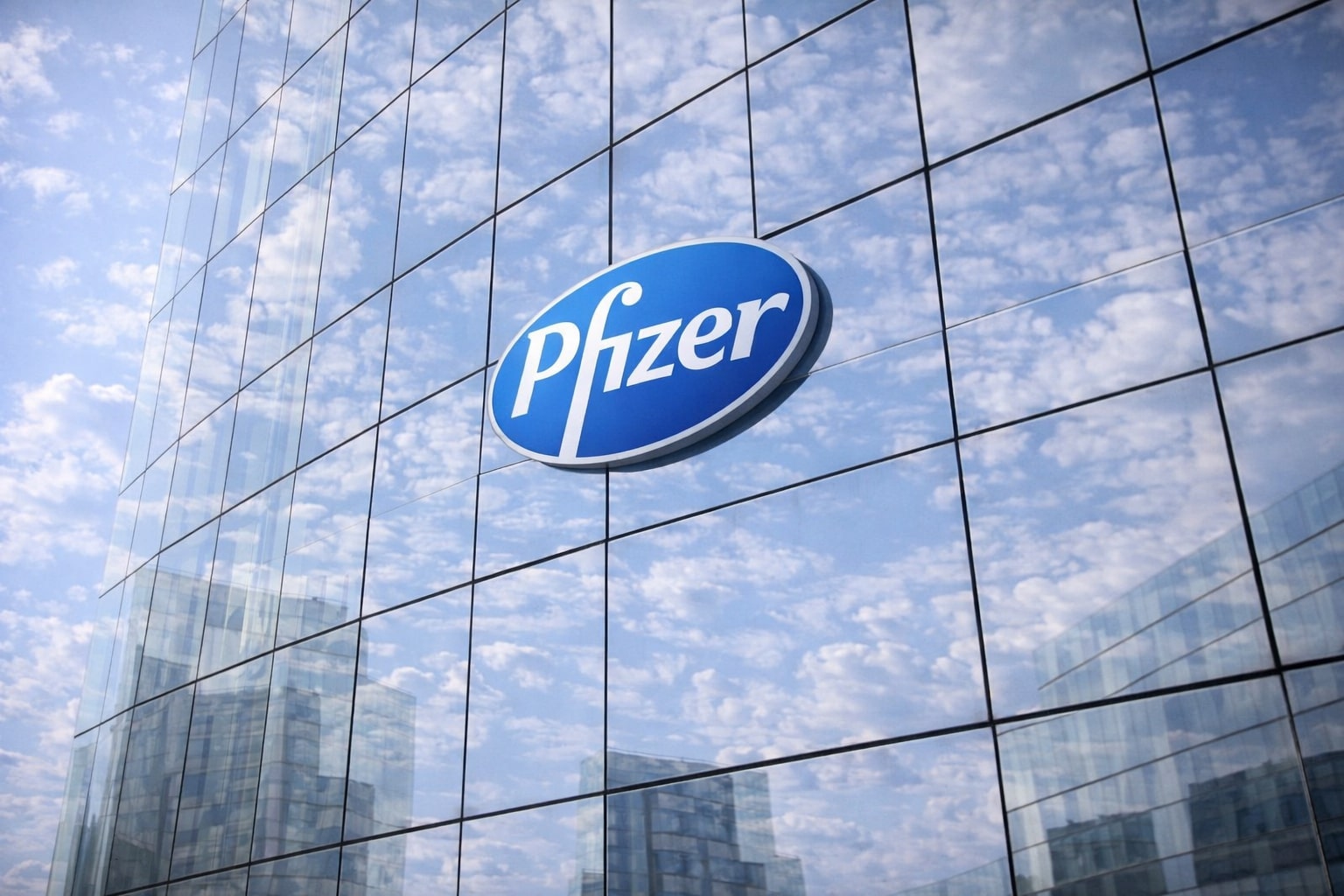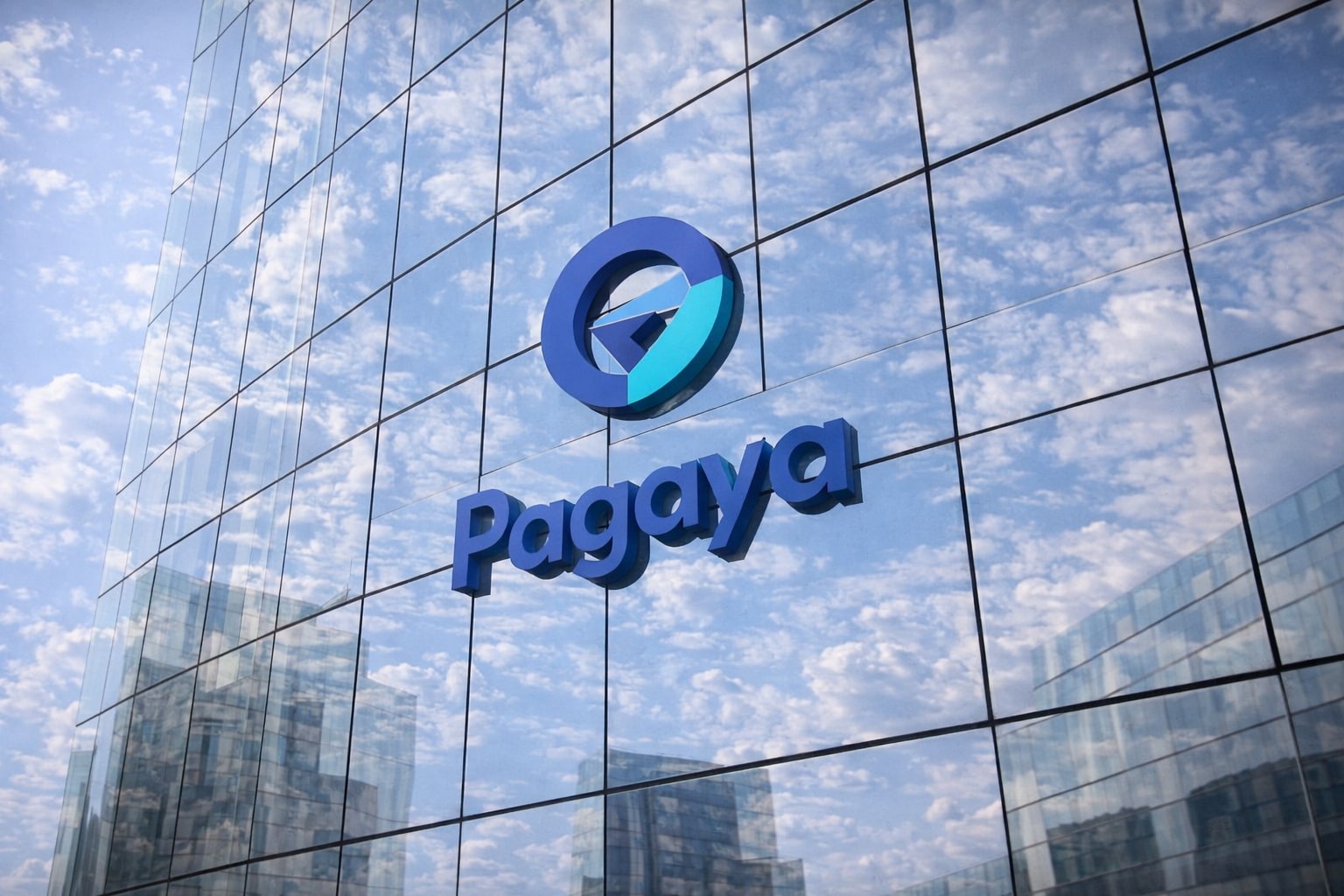NVIDIA breaks $4 trillion as AI euphoria eclipses tech history
NVIDIA (NASDAQ:NVDA) has officially become the first chipmaker and only the third company in history to cross a $4 trillion market cap, joining Apple (NASDAQ:AAPL) and Microsoft (NASDAQ:MSFT) in the trillionaire elite. The stock surged past $144 in early July before consolidating near $129–$131, bringing year-to-date gains above 180%. This milestone isn’t just symbolic—it anchors a new phase of dominance across AI infrastructure, accelerated computing, and datacenter orchestration. With the Rubin platform cycle now visible through 2026 and hyperscalers front-loading GPU purchases, NVIDIA has moved from cyclical chip stock to global systems backbone.
Hyperscaler demand and inference pivot fuel next-gen datacenter orders
In the June quarter, Data Center revenue hit $22.6 billion, rising 427% YoY, with sequential growth of 5.9%, slightly cooling from the 18% pace in Q1. This deceleration is widely seen as a shift in demand structure—not a collapse. Enterprises and hyperscalers like Amazon (NASDAQ:AMZN) and Google (NASDAQ:GOOGL) are transitioning from model training to inference deployment. NVIDIA is capturing both ends of this curve. Orders for H100 and B100 remain robust, while Grace Hopper (GH200) ramp is ongoing. CEO Jensen Huang confirmed over $3 billion in advance customer commitments for Rubin platforms in FY26, with AI factories from Meta (NASDAQ:META) and Oracle (NYSE:ORCL) pushing demand visibility beyond 2025.
Valuation hits peak territory but is underpinned by extreme growth metrics
At $4 trillion, NVIDIA now trades at 47.5x forward earnings and 23x sales, dwarfing even the stretched valuations of FAANG peers. The PEG ratio sits near 2.8, factoring 50% EPS growth. Critics cite bubble risk, but NVIDIA is projected to deliver $120 billion in revenue next fiscal year, up from $60 billion this year. Margins remain elite: gross margin at 78.4%, and operating margin at 57.3%, with $15.24 EPS TTM and a 3-year CAGR of 114% on net income. These are levels unmatched even during peak megacap tech rallies.
Technical structure holds firm as consolidation sets stage for next breakout
Price action shows healthy digestion of gains post-$144 high, with consolidation above $129.80 keeping momentum alive. The 20-day SMA near $131.20 is acting as near-term resistance. On downside, support sits at $126.10, where the 38.2% Fibonacci retracement from the late June ramp converges with mid-May breakouts. RSI has cooled to 63, removing overbought conditions. A clean break above $135.50 would clear the path back to ATHs. Bollinger Band width is narrowing, signaling a pending volatility expansion. If NVIDIA closes above $137.80 on volume, it may initiate a fresh trend leg into the $150–$155 range.
Options markets show bullish skew as traders position for upside resumption
Implied volatility has eased to 43% from 47%, while skew remains positive with call open interest outpacing puts by 22% in the front three expiries. The $135 and $140 strike calls for next week show the highest gamma exposure, suggesting dealers will need to hedge with spot buying if NVDA breaks upward. The put/call ratio remains depressed at 0.72, consistent with strong directional bullish flow. Notably, institutional traders are also rolling long exposure further into August and September, betting on another leg higher post-Fed and CPI.
Insider selling intensifies but demand absorption remains strong
At tradingnews, insider filings show over $154 million in sales during the last 30 days. Director Mark Stevens, CFO Colette Kress, and Director Tench Coxe all executed planned sales near the $135–$142 level. While this would typically be a bearish signal, volume profile data shows demand from institutional buyers far outstripped insider supply, with over $6.2 billion in net inflows across top ETFs including QQQ, SMH, and NVDA-specific mandates. No Form 4 filings suggest panic selling—this appears to be normal liquidity harvesting amid a historic rally.
Institutional rotation stabilizes with no evidence of mass exit
Despite the valuation surge, 13F positioning shows large asset managers are still adding to NVIDIA. BlackRock (NYSE:BLK), Fidelity, and Vanguard all reported net increases in their passive and active funds. NVIDIA now makes up 6.3% of the Nasdaq 100, overtaking Apple in several smart-beta allocations. Importantly, thematic AI funds continue to accumulate NVDA exposure, even as index-tracking ETFs reach saturation. There is no sign of coordinated derisking, though short interest has risen marginally from 1.1% to 1.5% of float, suggesting some funds are hedging ahead of Q2 earnings.
Trump tariff rhetoric remains a tail risk but not an existential threat
Trump’s latest protectionist push includes 50% tariffs on copper and warnings of up to 200% levies on semiconductors made abroad. While NVIDIA doesn’t directly manufacture its chips, it relies heavily on TSMC and Samsung foundries. Any policy move that increases sourcing costs could hit margins or delay shipments. However, analysts believe U.S. fabs like TSMC Arizona and Intel (NASDAQ:INTC) are unlikely to meet NVIDIA’s scale or timeline through 2026, making a rapid supply shift impractical. Tariffs may eventually force NVIDIA to diversify supply further, but near-term impact appears limited, especially if partners absorb duties or realign logistics.
Verdict: Hold near $130, upside targets remain intact above $138 breakout
Despite its premium, NVIDIA (NASDAQ:NVDA) is not showing technical exhaustion or fundamental collapse. With AI infrastructure spend still compounding, demand stable, and insiders cashing out at the margins—not dumping—it remains a core large-cap growth story. That said, after rallying over 180% in 7 months, the risk/reward short-term is skewed toward HOLD, not chase. If the stock breaks above $138.50, traders can re-engage toward $150–$155. But if support at $126.10 fails, downside opens to $118–$120. Longer-term, the $4 trillion valuation could be the new floor, not the ceiling.



















